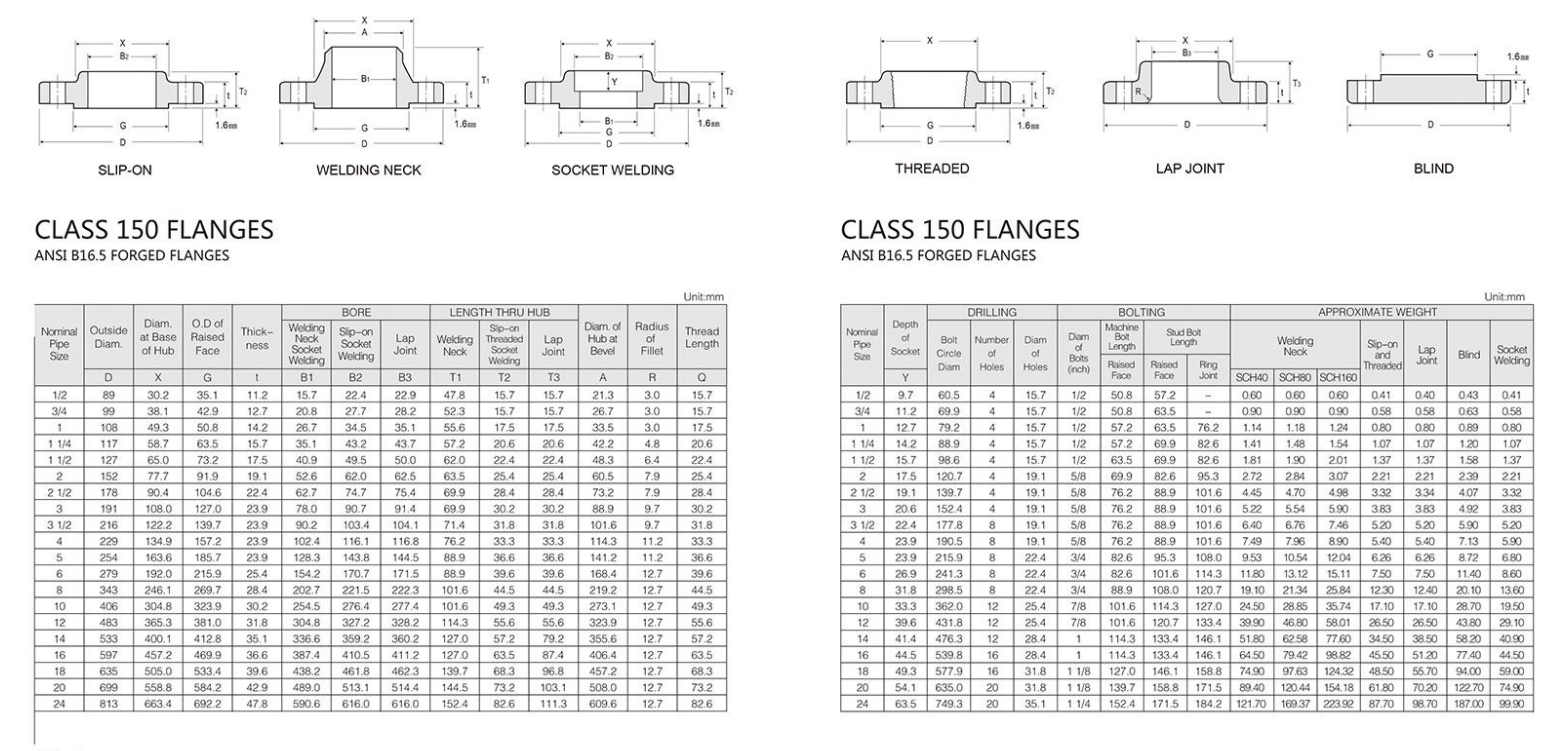-
Cangzhou Yulong Steel Co., Ltd.
-
Phone:
+86 13303177267 -
Email:
admin@ylsteelfittings.com
- English
- Arabic
- Italian
- Spanish
- Portuguese
- German
- kazakh
- Persian
- Greek
- French
- Russian
- Polish
- Thai
- Indonesian
- Vietnamese
- Zulu
- Korean
- Uzbek
- Hindi
- Serbian
- Malay
- Ukrainian
- Gujarati
- Haitian Creole
- hausa
- hawaiian
- Hebrew
- Miao
- Hungarian
- Icelandic
- igbo
- irish
- Japanese
- Javanese
- Kannada
- Khmer
- Rwandese
- Afrikaans
- Albanian
- Amharic
- Armenian
- Azerbaijani
- Basque
- Belarusian
- Bengali
- Bosnian
- Bulgarian
- Catalan
- Cebuano
- China
- China (Taiwan)
- Corsican
- Croatian
- Czech
- Danish
- Esperanto
- Estonian
- Finnish
- Frisian
- Galician
- Georgian
- Kurdish
- Kyrgyz
- Lao
- Latin
- Latvian
- Lithuanian
- Luxembourgish
- Macedonian
- Malgashi
- Malayalam
- Maltese
- Maori
- Marathi
- Mongolian
- Myanmar
- Nepali
- Norwegian
- Norwegian
- Occitan
- Pashto
- Dutch
- Punjabi
- Romanian
- Samoan
- Scottish Gaelic
- Sesotho
- Shona
- Sindhi
- Sinhala
- Slovak
- Slovenian
- Somali
- Sundanese
- Swahili
- Swedish
- Tagalog
- Tajik
- Tamil
- Tatar
- Telugu
- Turkish
- Turkmen
- Urdu
- Uighur
- Welsh
- Bantu
- Yiddish
- Yoruba

Sep . 07, 2024 17:55 Back to list
High-Quality Pipe Cutter Tools for Precision Cutting
The Essential Guide to Pipe Cutters
When it comes to plumbing, construction, or DIY projects, having the right tools can make all the difference in efficiency and outcome. One often underestimated tool is the pipe cutter. This device is specifically designed to make precise cuts on pipes, ensuring clean and even edges that are vital for fitting and connectivity. In this article, we’ll explore the importance of pipe cutters, their variety, and how to effectively use them.
What is a Pipe Cutter?
A pipe cutter is a tool used to slice through pipe material, such as copper, PVC, or stainless steel, with precision. Unlike traditional saws, which can create jagged edges and require extensive finishing, pipe cutters produce smooth cuts that minimize the risk of damage to the material. Most pipe cutters employ a rotary cutting mechanism, which involves a sharp wheel that rolls along the pipe and gradually removes material as you rotate the tool around the pipe.
Types of Pipe Cutters
Pipe cutters come in various types tailored for different materials and scenarios
.1. Manual Pipe Cutters These are commonly used for softer materials like copper or PVC. They consist of a cutting wheel and a compression mechanism that allows you to tighten the tool around the pipe and rotate it for an even cut.
2. Ratchet Pipe Cutters Designed for more durable pipes, these tools utilize a ratcheting mechanism to allow for increased leverage and ease of use, making them ideal for cutting through tougher materials or thicker pipes.
3. Power Pipe Cutters For industrial use, electric or hydraulic pipe cutters can handle larger diameters and thicker materials. They offer efficiency and speed but are generally heavier and more expensive.
pipe cutter

4. Plastic Pipe Cutters Specifically designed for PVC and similar materials, these cutters feature a unique design that allows for a clean, burr-free cut, making them ideal for plumbing projects.
How to Use a Pipe Cutter
Using a pipe cutter is straightforward, yet it requires attention to detail for the best results. Here’s a simple guide
1. Measure and Mark Before making a cut, measure the length you need and mark it clearly on the pipe.
2. Position the Cutter Place the pipe cutter around the pipe at the marked spot. Ensure it is aligned straight to avoid slanted cuts.
3. Tighten and Cut If using a manual cutter, tighten the knob to snug it against the pipe. Rotate the tool around the pipe slowly, tightening the knob slightly after each rotation. For ratchet cutters, simply close the handle until it clicks, and repeat until the pipe is cut through.
4. Deburr the Edges After cutting, ensure to deburr the edges with a deburring tool or sandpaper, especially for metal pipes, to prevent injury and ensure a better seal when joining pipes.
Conclusion
A pipe cutter is an indispensable tool for anyone who works with pipes. Its ability to deliver clean and precise cuts can significantly improve the quality of your work, whether you’re a professional plumber or a DIY enthusiast. Understanding the different types of pipe cutters and mastering their use can turn a daunting task into a smooth operation. Invest in a reliable pipe cutter, and you'll find it to be one of the most useful tools in your arsenal.
Latest news
-
ANSI 150P SS304 SO FLANGE
NewsFeb.14,2025
-
ASTM A333GR6 STEEL PIPE
NewsJan.20,2025
-
ANSI B16.5 WELDING NECK FLANGE
NewsJan.15,2026
-
ANSI B16.5 SLIP-ON FLANGE
NewsApr.19,2024
-
SABS 1123 FLANGE
NewsJan.15,2025
-
DIN86044 PLATE FLANGE
NewsApr.19,2024
-
DIN2527 BLIND FLANGE
NewsApr.12,2024
-
JIS B2311 Butt-Welding Fittings LR/SR 45°/90° /180°Seamless/Weld
NewsApr.23,2024











